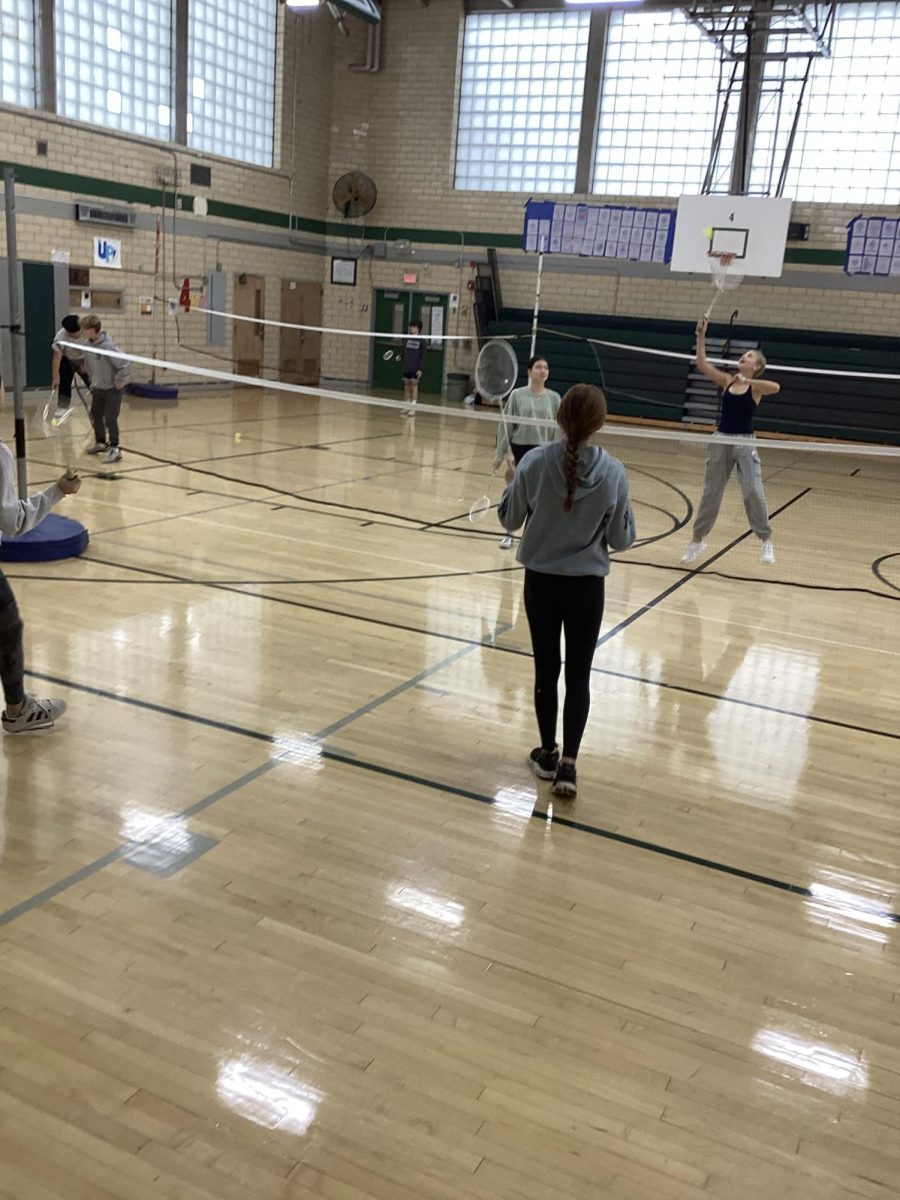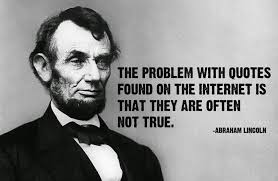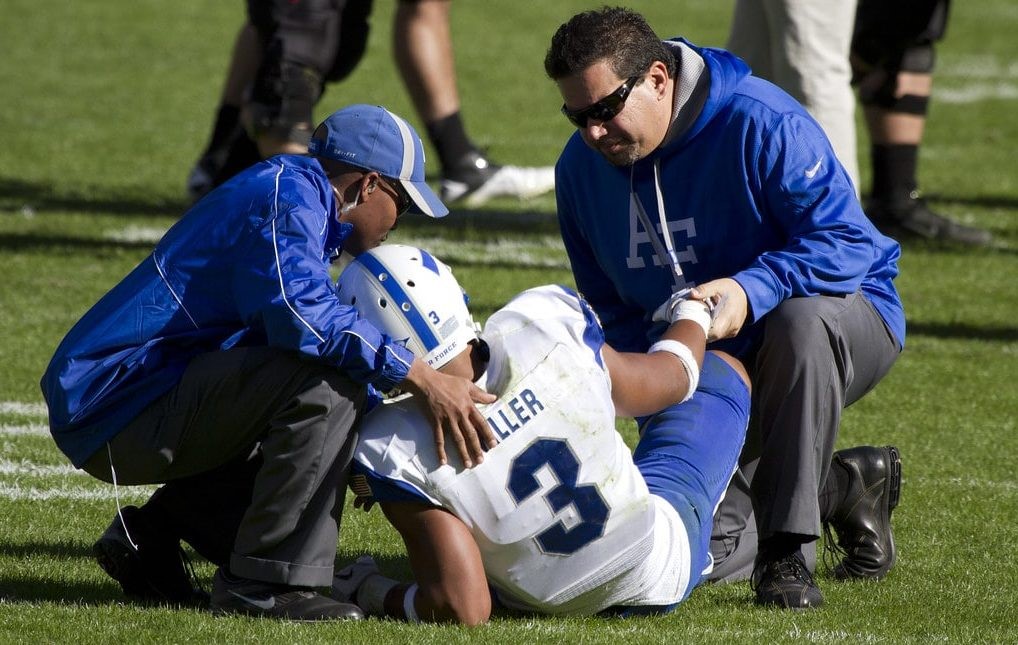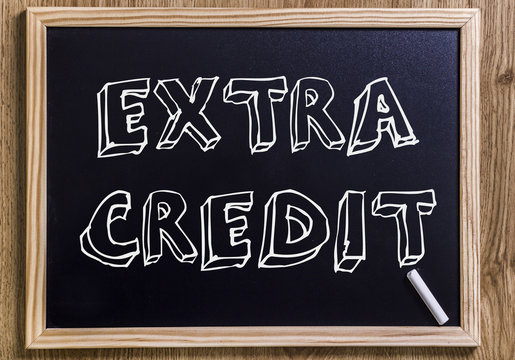Imagine you have just gotten home from a two hour long practice and have tons of homework piled up. Eventually, you finish your homework, eat dinner, shower, and go to bed. The next day you find yourself in gym class. Your legs are sore from yesterday and you have little to no energy to participate. Having to sit down to take a sip of water because you are a little dizzy due to the heat, sweat, and exhaustion your body is enduring. This might be a description of an athlete who take a physical education class.
To start, athletes might be better off exchanging sore muscles for a physical education exemption. A study shows the opportunities athletes could have if they didn’t need to attend gym class. “If they were to be exempt from PE, athletes will receive more rest and be of less risk of injury while having the opportunity to receive more time to finish homework or take interesting AP’s or electives” (LancerLedger.com). This shows that many athletes could be doing other things such as studying, taking new classes, or even relaxing. One could assume that if athletes don’t need to take this required class they could save energy which could help enhance their abilities inside and outside of school.
On the other hand, research has shown how gym class can be positive for students who don’t proceed in sports and negative for students who do. “The importance of a required gym course in high school is to start healthy exercise habits and encourage students to stay in shape. For students who aren’t involved in sports, this is a course that provides them with a way to stay active. But for student athletes, this course is redundant because the importance of exercise is already being gleaned from their participation in varsity-level sports. Varsity sports practice up to six times a week for upwards of two to three hours, with seasons ranging from three months to year-round. With each sport comes a unique training and strengthening program that should count towards a student’s gym requirement” (Williams). This demonstrates that gym class can be a great way for students to exercise when they don’t play any sports, but how it can be very challenging for those who do play sports.
Furthermore, studies have shown how having gym defeats the extra amount of time students could have to finish homework.“The workload that students get is extreme even for students who have the time after school. For those with sports, it’s sometimes simply impossible to complete everything and get enough sleep to be fully recharged. Additionally, teenagers aren’t perfect machines that can go to school for seven hours, practice and then go home and do more work. That doesn’t even take into account meals and basic hygiene such as showers” (SouthBluePrint.com). This quote conveys the inconvenience gym class has on athletes who could have an extra study period to catch up on work instead of doing even more physical activity then they already do.
However, taking gym classes as an athlete can improve sports performance, long-term health, and injury prevention. “High school athletes can benefit greatly from maintaining a good general fitness level. As young bodies are still developing, neglecting proper conditioning can increase the risk of injuries…Developing a habit of overall fitness during high school can establish a foundation for a healthy and active lifestyle in adulthood” (Kelly). This shows how there can be healthy benefits for student athletes to participate in gym class.
In essence, it should not be mandatory for student-athletes to participate in physical education classes as they should prioritize studying, recoveries, specific sports training, and relaxing. Having an extra study period would be fair and beneficial to these students. If this changes it will allow athletes the opportunity to increase their physical and mental development and can thrive in their sports while still maintaining a healthy schedule.








